Making Multiplication Fun: Teaching Kids Using Equal Groups
We’re talking about teaching multiplication using equal groups—a method that’s not only effective but also fun and hands-on. It helps kids visualize multiplication as groups of objects, turning numbers into something meaningful and exciting.
🌟 Why Teach Multiplication with Equal Groups?
Let’s be honest—multiplication can feel a bit intimidating for young learners. It’s more abstract than addition or subtraction, and that jump can be tricky. That’s where equal groups come in. By breaking multiplication down into groups of objects, kids begin to see what the numbers mean. For example, instead of looking at 5 × 7 and feeling lost, they’ll learn to see it as five groups of seven items—making the concept concrete, visual, and easy to grasp.
📚 Step-by-Step: How to Teach Multiplication Using Equal Groups
1. Start with a Simple Explanation
Begin by defining multiplication in kid-friendly terms:
“Multiplication is just adding the same number again and again.”
2. Draw It Out
Draw a few groups of objects (like circles, apples, or stars).For example, draw 3 groups with 4 apples in each. Then say,
“This means 3 times 4. Let’s count all the apples together!” And just like that, they’ll see that 3 × 4 = 12.

3. Let Them Practice
Have kids draw their own equal groups and write the matching multiplication sentence. The more they practice drawing and counting, the more natural it becomes.
🎯 Standards Connection: CCSS.Math.Content.3.OA.A.1
This teaching method aligns perfectly with 3rd-grade standards:
"Interpret products of whole numbers, e.g., interpret 5 × 4 as the total number of objects in 5 groups of 4 objects each."
You can bring this to life by:
- Drawing five circles
- Adding four circles in each
- Counting together: 5 × 4 = 20
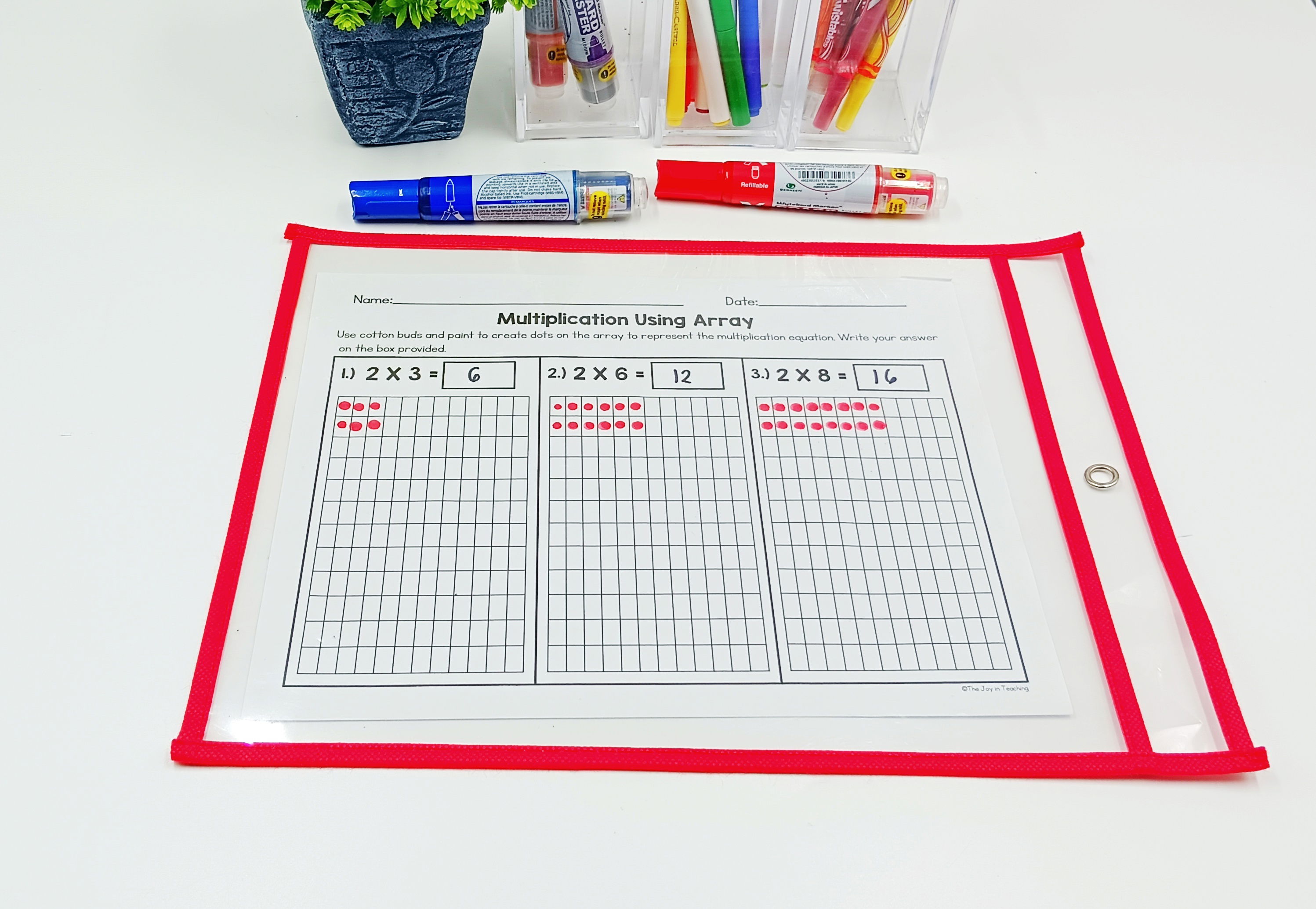
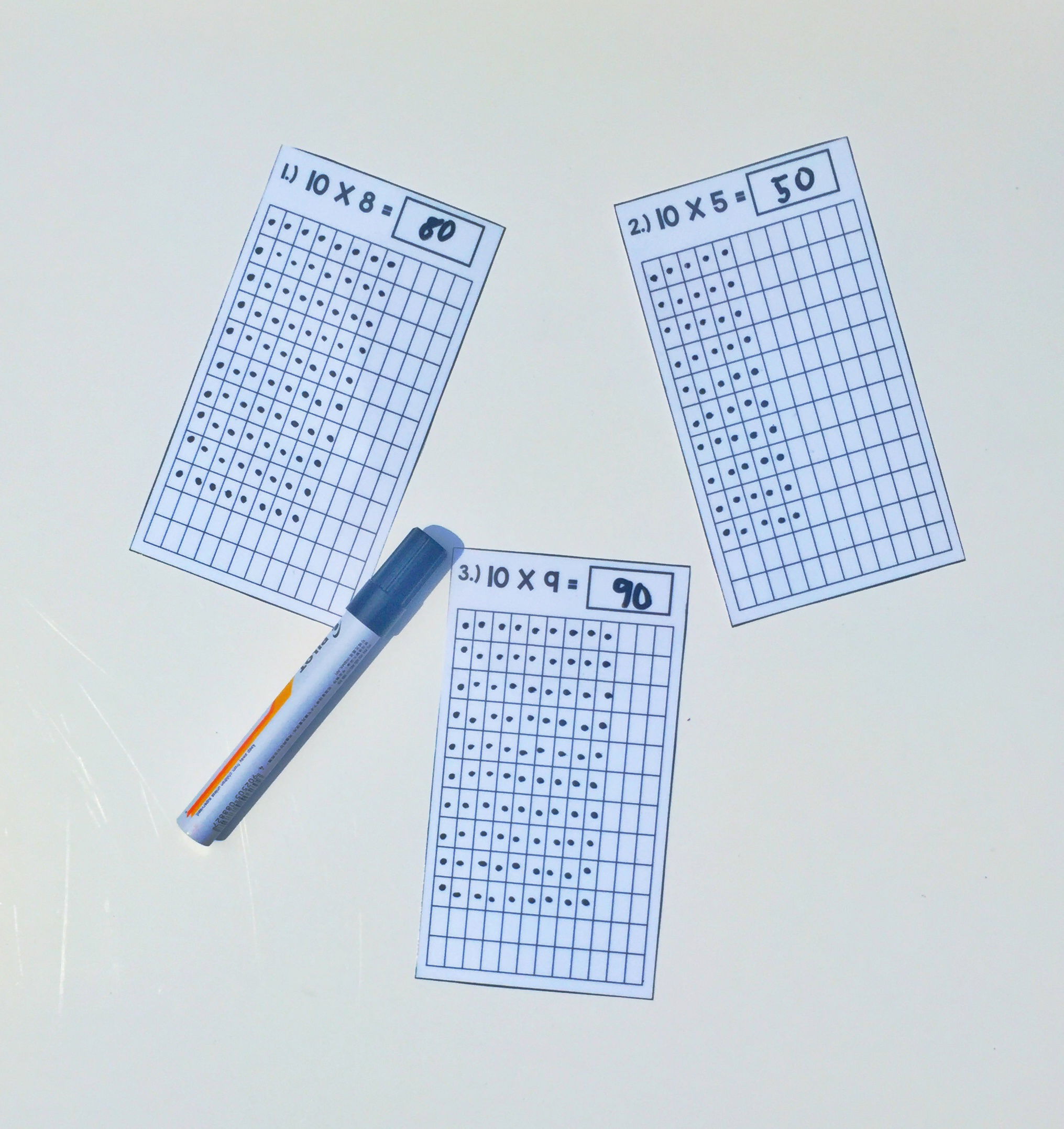
💡 Tips & Tricks for Teaching Equal Groups
✅ Use Real-Life Examples
Setting the table? Ask, “If we put 2 forks at each plate and have 4 plates, how many forks?” Multiplication in action!
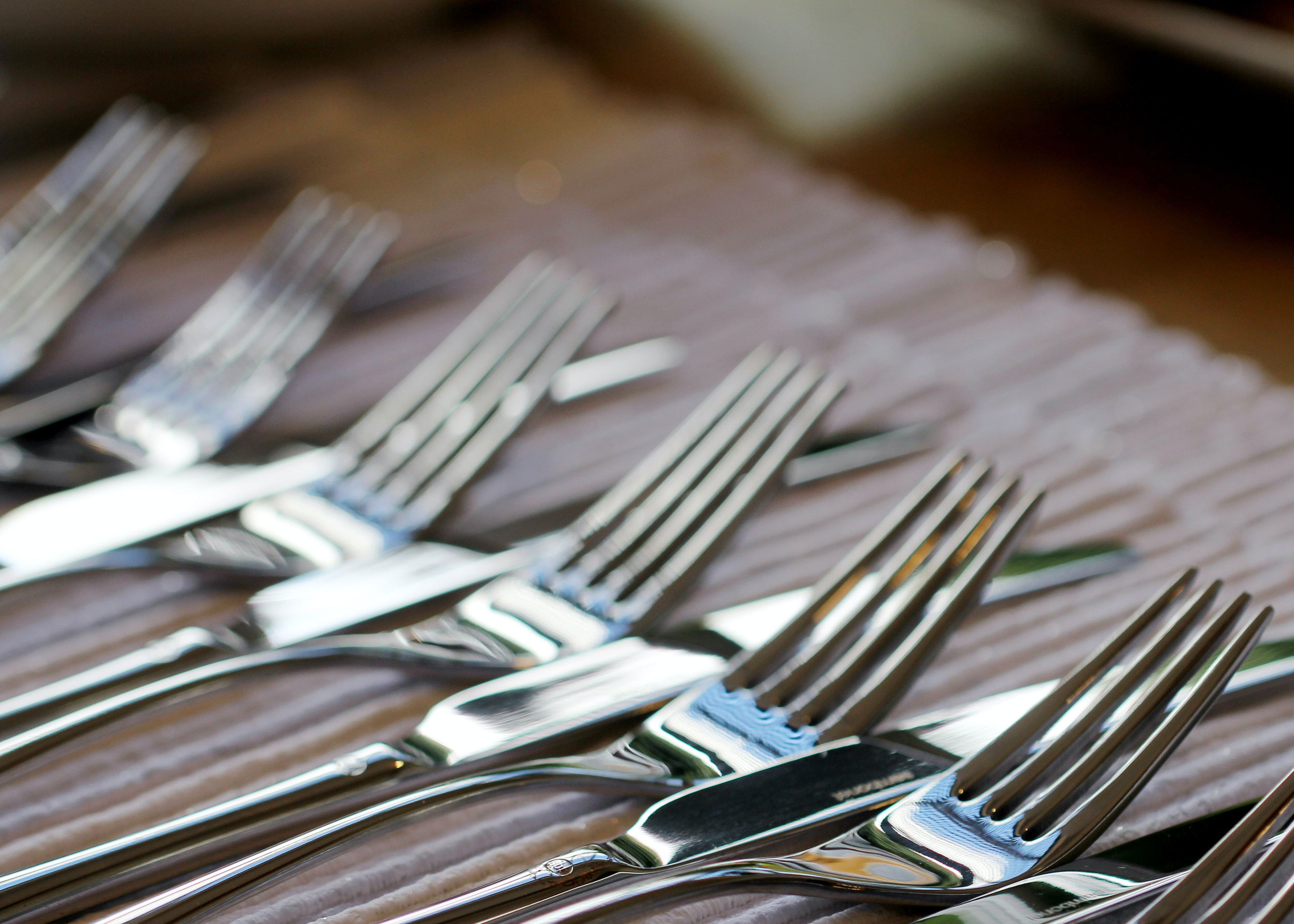
🎲 Make It a Game
Use toys, snacks, or coins. Create a race to see who can build and solve groupings the fastest.

📊 Hang a Multiplication Chart
Visuals help! A chart on the wall gives kids a quick reference and boosts memory.

📖 Tell a Story
“There are 3 pirate ships. Each has 6 treasure chests. How many chests total?” Stories make math come alive!
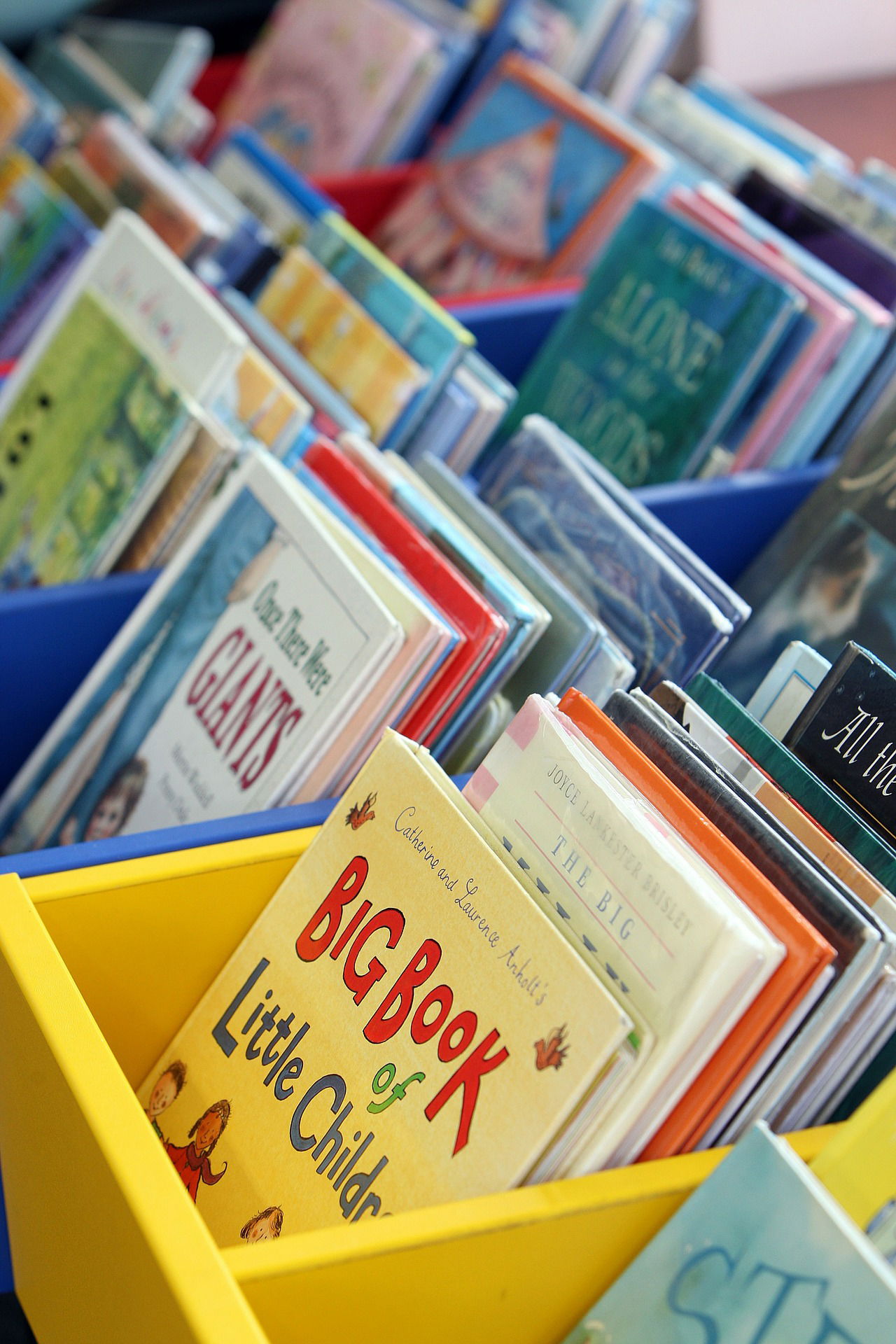
🌟 Praise Every Effort
Celebrate correct answers and encourage them when they need support. Confidence is key!
🏡 Fun At-Home Activities
🍪 Kitchen Multiplication
Group eggs, fruits, or cookies.

“We have 3 boxes of 6 eggs—how many eggs total?”
🧸 Toy Grouping
Use dolls, action figures, or Legos.
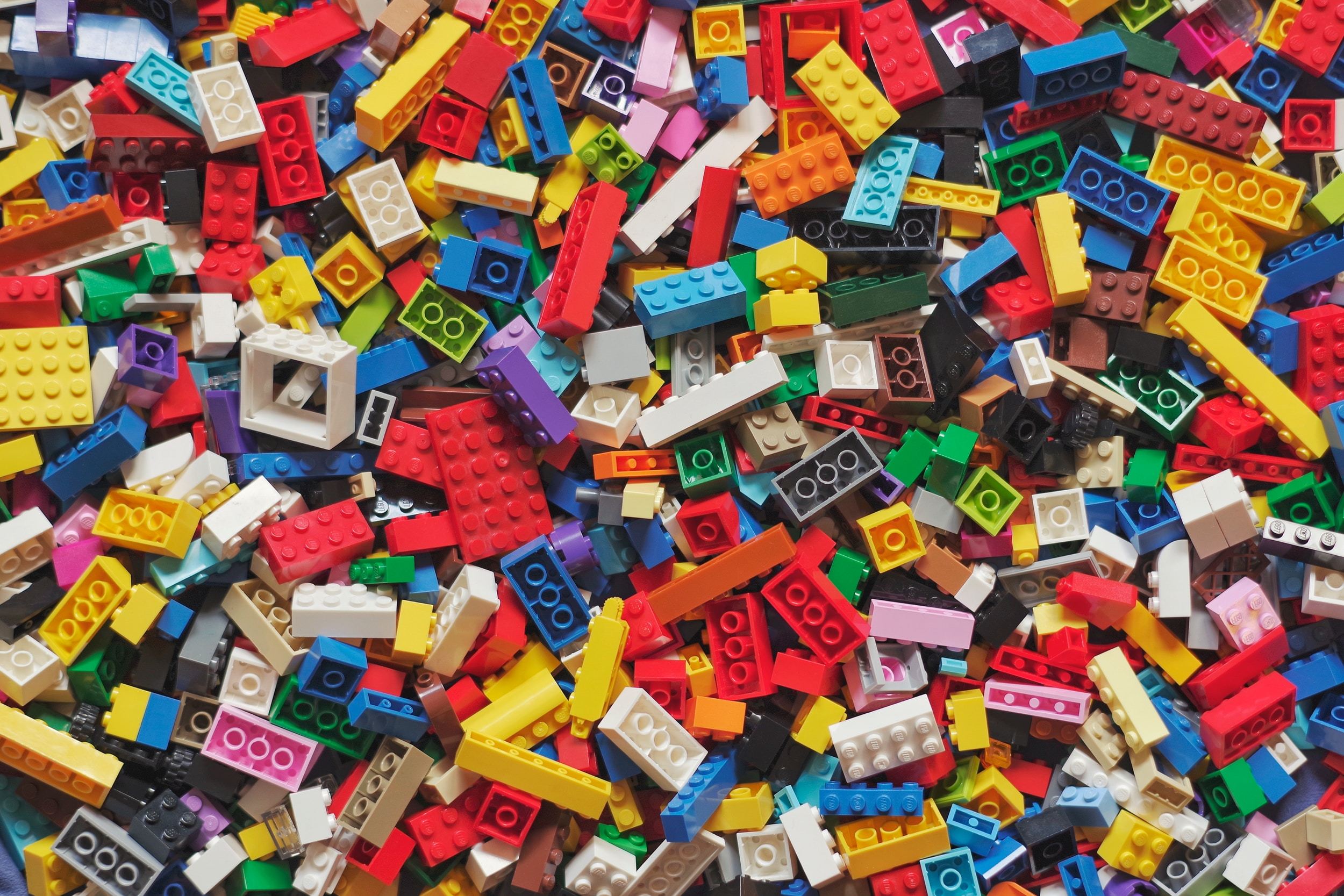
“4 groups of 5 blocks—what’s the total?”
🏫 Fun In the Classroom
👯♀️ Group Work
Give small groups a pile of objects. Ask them to make equal groups and write multiplication sentences.
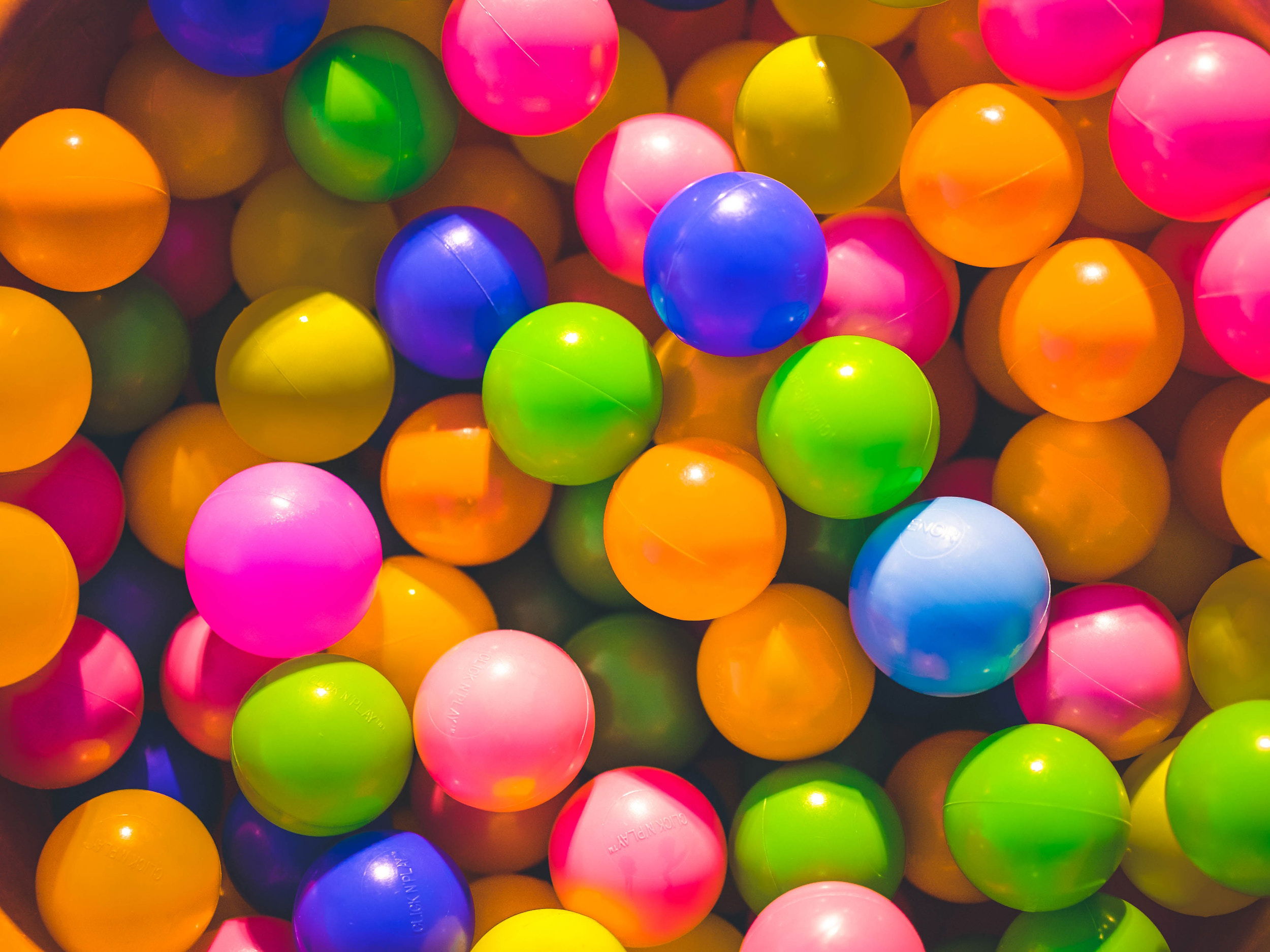
📽 Use a Whiteboard
Draw groups together and solve problems as a class—it’s visual and interactive.
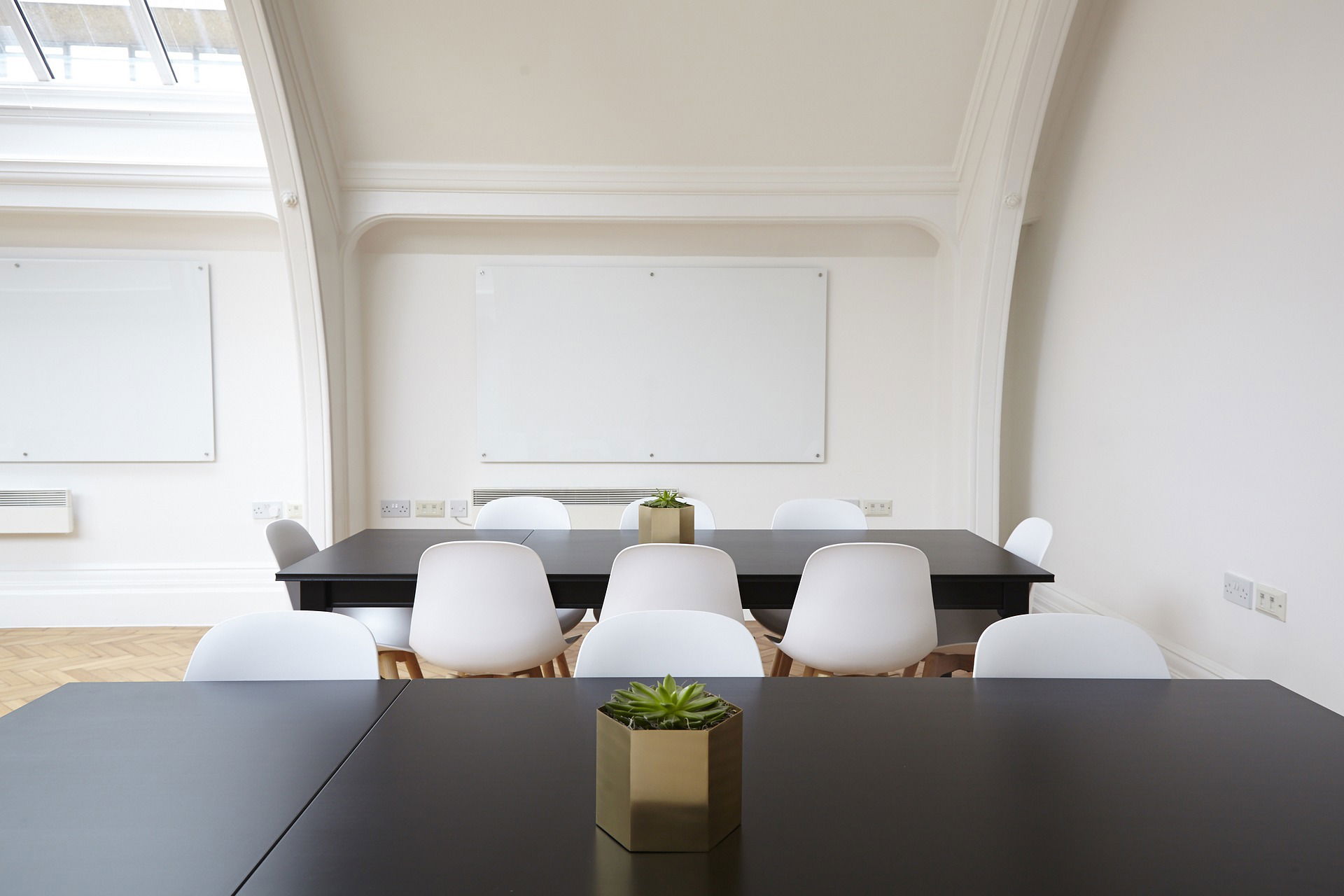
🌳 Outdoor Learning
Use rocks, leaves, or sticks for a nature-based multiplication activity.
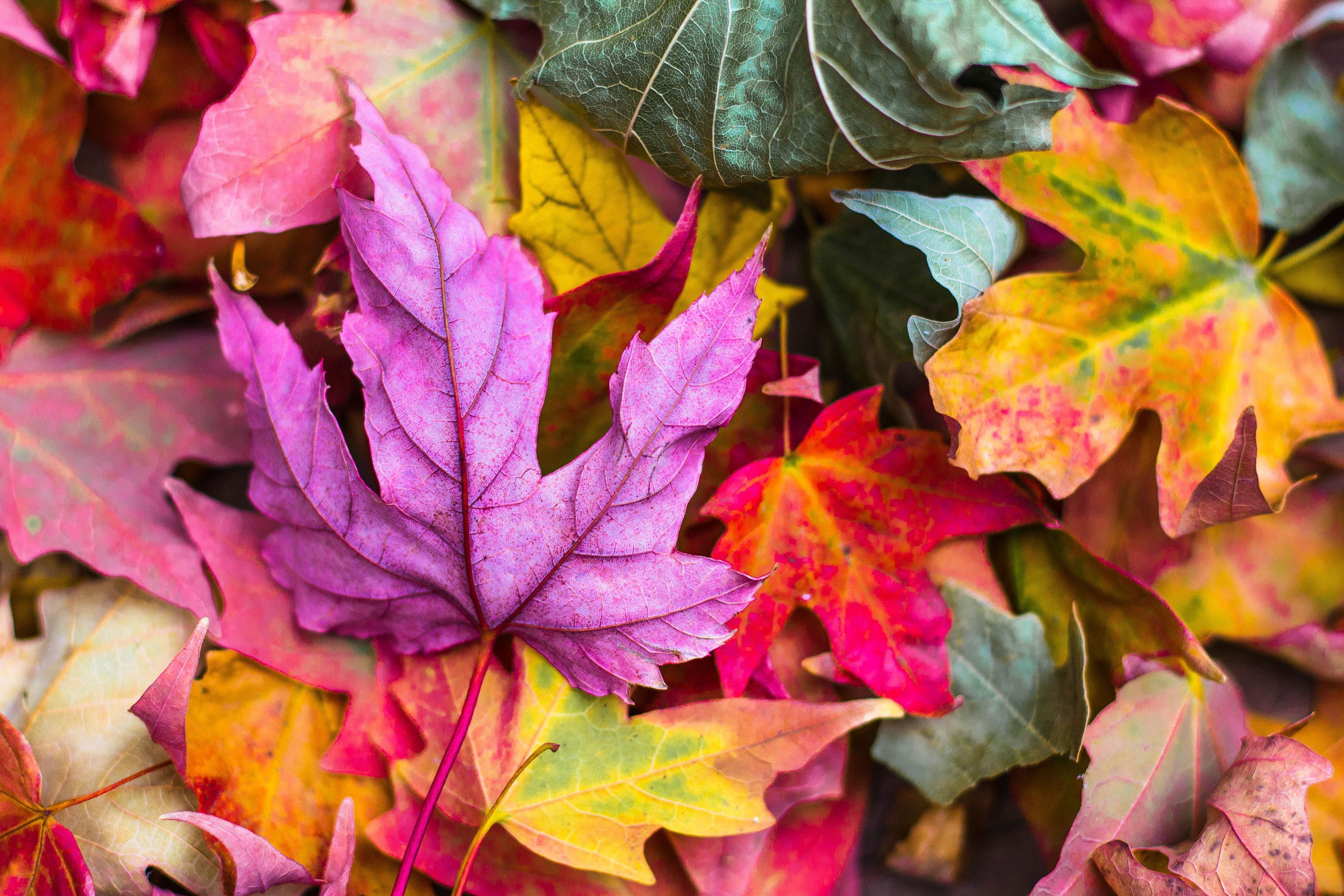
✨ Want Even More Practice?
If you're looking for structured practice that builds on the equal groups method, we have a fun worksheet set that goes from Times 1 to Times 12—perfect for extra support, homework, or math centers. You can check it out here if you're interested!
TEACHER LIKE YOU SAID…
⭐⭐⭐⭐⭐Nyree C. says, “Great resource. My students were very engaged while using it.”
⭐⭐⭐⭐⭐Madison P. says, “This was a great resource to pair with my instruction. I used for extra practice.”
Related Resources:
Multiplication Chart Multiplication
Missing Numbers Multiplication
True or False Cut and Paste Worksheet
Multiplication Using Array Worksheet
Multiplication Number Line Worksheet
Multiplication Repeated Addition Worksheet
Verbal Statement of Multiplication Worksheet
Bundle:
Let’s Make Multiplication Exciting!
Whether you're a parent teaching at home or a teacher guiding your class, using equal groups makes multiplication accessible, visual, and fun. And remember—your encouragement and creativity can turn even the most reluctant learner into a confident math superstar.
Follow Me for More Teaching Tips with Joy For more tips, resources, and a daily dose of teaching joy, follow me on:
Got questions or want to share your success stories? Drop me an email at thejoyinteaching@gmail.com. I love hearing from fellow educators and parents! Happy Teaching!Joy MedallaThe Joy in Teaching 💛